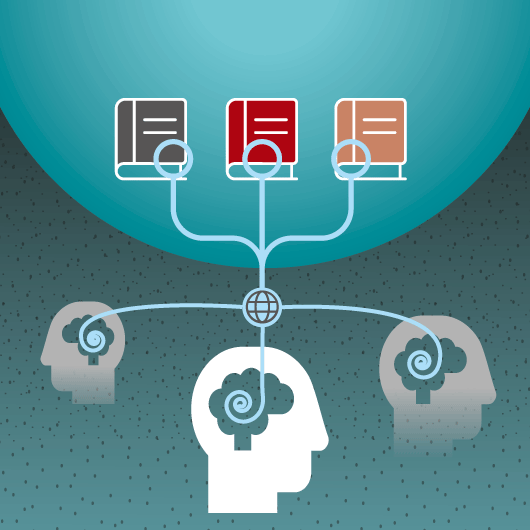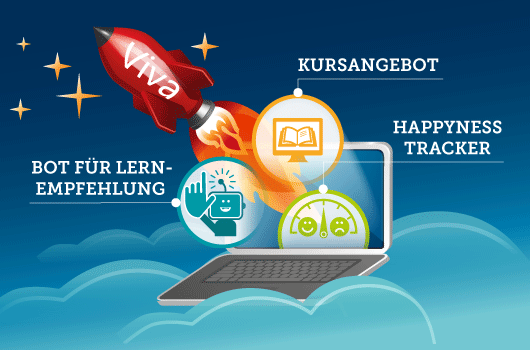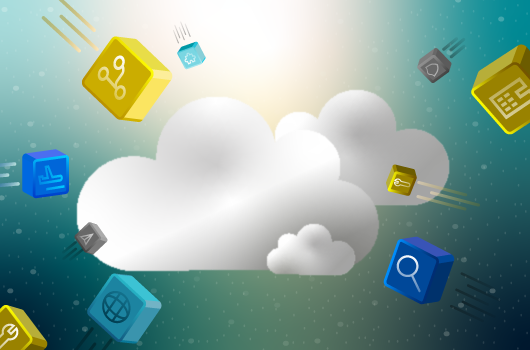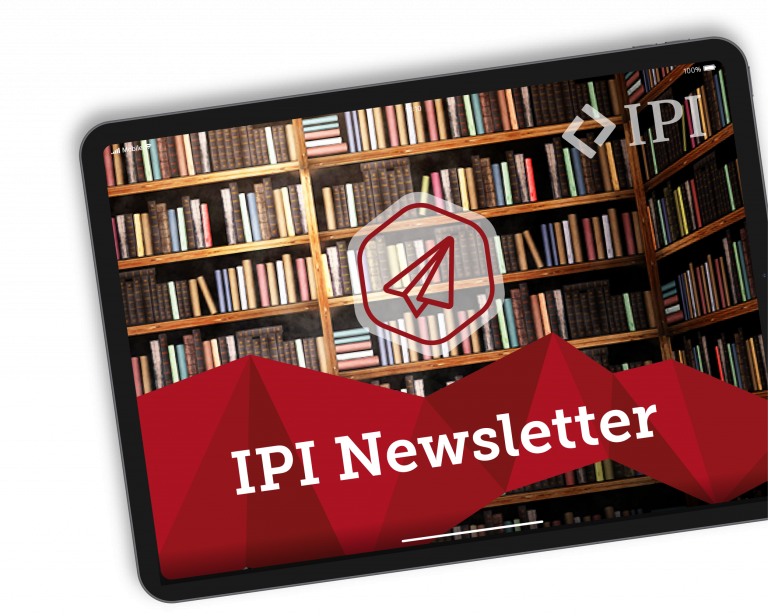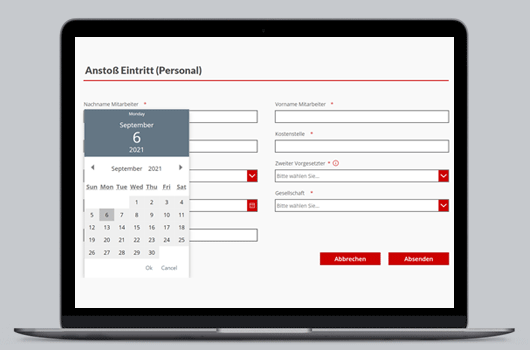Knowledge Management
What solutions do you supply to your employees for upskilling, e-learning and knowledge management? Especially in times of home office and hybrid work, it is crucial to offer employees good opportunities to expand their own knowledge and skills. This has a significant impact on employee experience and engagement, which in turn is key to your business’ success.
Providing your employees with the means to share knowledge and experience quickly and easily on a peer-to-peer level is more important today than ever before. This results in new and diverse demands to make information and resources available.
Use of multiple channels and media, such as wikis, documents, FAQs, videos, postings from social media communities, expert contacts and contact persons
Flexible and adaptable knowledge management and learning experience platform with personalized learning offerings of all kinds, individualized search, and learner/group-generated learning content
Organized workflows for curating learning content
Integration of enterprise social networking platforms (e.g. Yammer) for interactive exchange and peer-to-peer communication
Positive learning culture with defined knowledge processes, organizational structures that support learning, supported, promoted and exemplified by company leadership and management
Blended learning: consideration and use of analog and virtual, as well as asynchronous (such as e-learning course) and synchronous (e.g. webinar) forms
Microlearning: easily and quickly accessible, problem-related assistance in everyday work
Central access for all devices such as desktops, tablets and smartphones
Knowledge transfer, knowledge management and further development in companies
When imparting knowledge in the company, we distinguish between microlearning and macrolearning. Microlearning consists of short learning units that offer immediate help, are keyword/problem-related and are searchable. The teaching takes place through videos, infographics, chatbots or checklists.
In macrolearning, specialists and instructors teach definitions, concepts, and basic principles in seminars, MOOCs, courses, and course units. Interaction occurs primarily between instructors and learners. Macrolearning is mainly covered by learning management systems and is mainly suitable for mandatory training around the topic of compliance.
Microlearning is increasingly coming to the fore, as employees learn and develop primarily at and through work. Together with wikis, Wikipedia-like encyclopedias in which employees share their knowledge quickly and easily on a peer-to-peer level, microlearning can be implemented through a learning experience platform (LXP).
Microsoft 365 offers multiple options to create engaging learning management systems as well as learning experience platforms.
No matter which path you choose: we will help you design a comprehensive, efficient and long-term successful corporate learning strategy and environment for your company!
